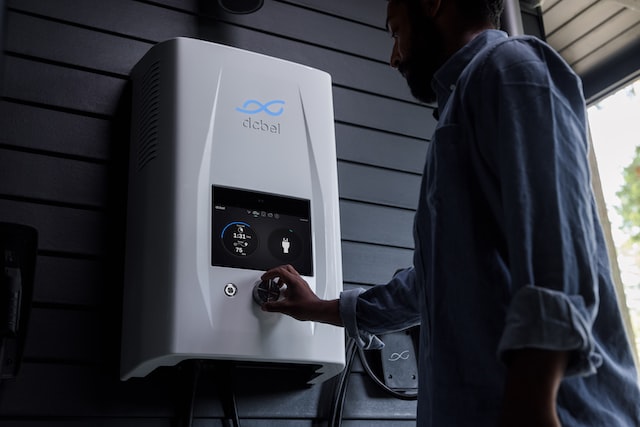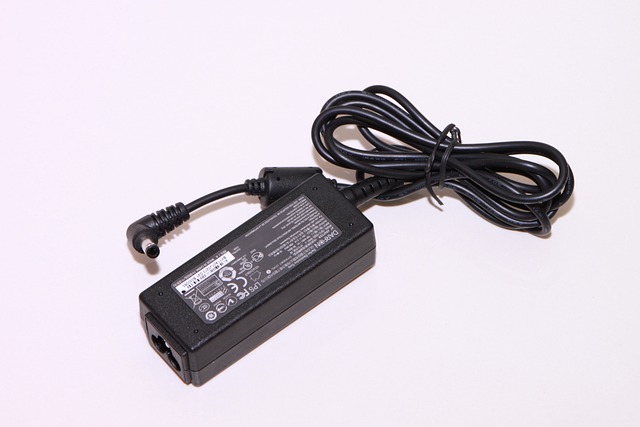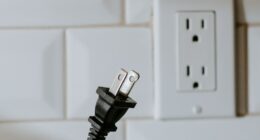A converter is a device that changes one type of electrical energy into another, such as AC to DC or DC to AC. An inverter is a device that converts DC power into AC power.
What are a converter and Inverter?
A converter is a device that converts alternating current (AC) to direct current (DC), or vice versa. Inverters do the same thing, but they also invert the polarity of the DC output.
Types of inverters?
The output of an inverter can be either a sine wave, a square wave, or a pulse width modulated (PWM) signal. The most common type of inverter is a power inverter, which converts DC power from sources such as batteries or solar panels into AC power that can be used to run electrical appliances.
There are two main types of power inverters: Grid-tie and Off-grid.
Grid-tie inverters are connected to the utility grid and provide power to the grid when there is excess solar energy available.
Off-grid inverters are not connected to the utility grid and are used in applications where there is no access to the grid, such as in remote locations or during power outages.
Inverters are also used in many other applications besides powering electrical appliances. For example, DC/AC converters are used in renewable energy systems to convert DC energy from sources such as solar panels and wind turbines into AC energy that can be fed into the grid. Inverters are also used in industrial applications to control the speed of motors and other loads.
The difference between converters and inverters

A converter is a device that changes one type of electrical energy into another, such as AC to DC or DC to AC. For example, a power adapter for a laptop computer takes in AC power from a wall outlet and converts it to DC power, which is what the laptop requires to function.
An inverter, on the other hand, is a device that converts DC power into AC power. Inverters are often used in off-grid power systems, such as solar power systems, to convert the DC power generated by solar panels into AC power that can be used to power household appliances. Inverters are also used in vehicles like cars and boats to convert the DC power stored in a battery into AC power that can be used to run devices such as lights, fans, and appliances.
When to use a converter or inverter
There are a few situations when you might need to use a converter or inverter. If you’re travelling to a country with a different electrical system, you’ll need to use a converter to charge your devices. If you want to use AC appliances in a DC-only environment, or vice versa, you’ll need an inverter. And if you need to generate AC power from DC sources, like solar panels, you’ll need a power inverter.
How to choose the right converter or inverter
Assuming you’re talking about an AC/DC power converter or an AC/AC power inverter:
There are a few things you’ll want to consider when choosing a power converter or inverter. The first is the input voltage. You’ll need to make sure that the device can handle the voltage of the power source you’re using. The second is the output voltage. This will determine what kind of devices you can use with the converter or inverter. The third is the wattage rating. This is the maximum amount of power that the device can handle. Make sure to choose a device that can handle your desired load. Finally, consider the efficiency of the device. Some devices are more efficient than others and will waste less power as heat.
What is the difference between AC DC converter and DC AC inverter?
An AC DC converter is a device that converts alternating current (AC) to direct current (DC), while a DC AC inverter does the reverse, converting DC to AC.
The main difference between a converter and an inverter is the direction of energy flow. A converter changes AC to DC, while an inverter changes DC to AC.
Converters are used in devices that require DC power but are supplied with AC, such as computers and phones. Inverters are used in devices that generate DC power but need AC, such as solar panels and batteries.
Can an inverter be used as a converter?
Yes, an inverter can be used as a converter. However, there are some important differences to keep in mind. First, a converter changes AC to DC, while an inverter changes DC to AC. Second, a converter is typically more efficient than an inverter. Finally, a converter can handle higher voltages than an inverter.
Can I run a refrigerator on a inverter from battery?
If you have a fridge that is designed to run on AC power, then you can absolutely use an inverter to run it off of your batteries. This is a great way to keep your food and drinks cold while you’re off the grid. Just make sure that your inverter is rated for the wattage of your fridge, and start enjoying the convenience of having a fridge wherever you go!
What size inverter is needed to run a fridge?
In order to determine the size of inverter needed to power a fridge, you’ll first need to know the wattage of the fridge. Most fridges use between 100 and 1,000 watts, so you’ll need an inverter that can handle at least that much power.
If you’re only running a small fridge, you can get away with a smaller inverter, but if you’re running a larger fridge or multiple appliances, you’ll need a higher-wattage inverter. Inverters are available in a variety of sizes, so be sure to choose one that can handle the power requirements of your fridge.
What is a converter used for?
(Image by Emilian Robert Vicol from Pixabay )

A converter is an electronic device that is used to change one form of energy into another. Converters are used in a variety of electronic devices, including radios, televisions, and computers. Inverters are also used in some electronic devices, but they serve a different purpose. Inverters are used to change direct current (DC) into alternating current (AC).
What is an example of a converter?
A converter is a device that changes one form of energy into another. For example, a solar panel converts sunlight into electricity.
What are the advantages of converter?
- More efficient: Converters are more efficient than inverters, meaning they waste less energy and produce less heat.
- More reliable: Converters are also more reliable than inverters, as they are less likely to fail or break down.
- More affordable: In general, converters are more affordable than inverters.
What are the main drawbacks of switching converters?
- They tend to be more expensive than traditional linear converters.
- They generate more heat, which can require additional cooling measures.
- They may produce more electrical noise than linear converters.
Featured Image By – Photo by israel palacio on Unsplash








